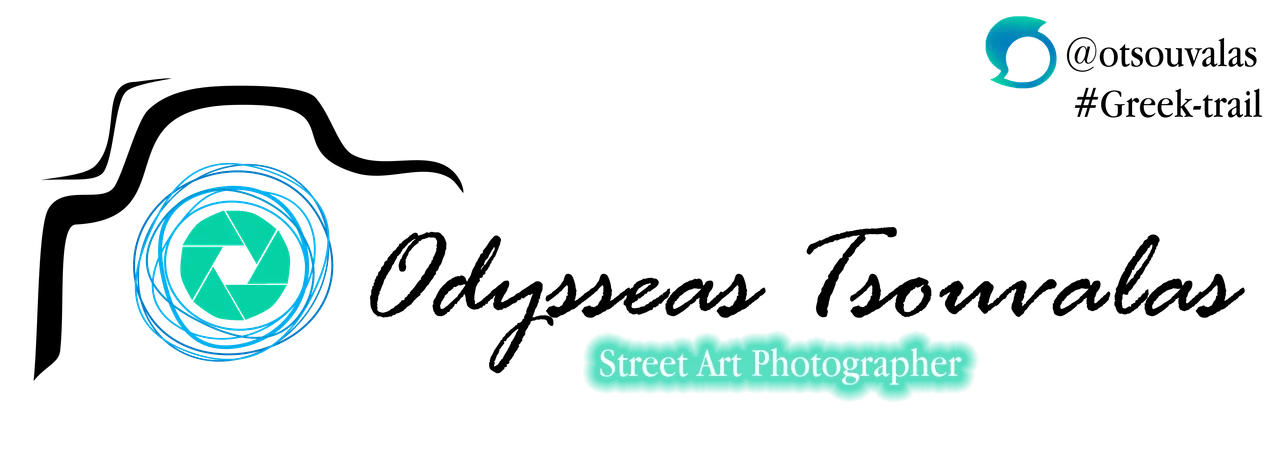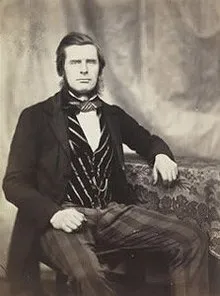
Roger Fenton
War photographer
Hello steemians.
The weekend ended but I didn't manage to arrange my weekly dedication. This because of our @annadeda made her trip to Madrid -> @annadeda - Let the fight begin and I was her transporter to airport.
Let's return to our trip in photographic history.
We travel to England, during the medium's golden age. There was a man who studied law in London, and after painting in Paris. but this was not his dream, his passion, his way to capture his feelings. So he travelled to Russia (1852) and made his first contact with photography. He photographed the landmarks of Kiev and Moscow. After a year, he founded the Photographic Society (Royal Photographic Society) and after a year (once again) he was the first official photographer of the British Museum.
After a year, the great 1855, he was widely recognised for his photographs of the Crimean War. Those photos, have some issues which pass the years. There are many questions not answered, and I believe there we will not have any possible answer.
Of course, we dedicate Roger Fenton, who changes the meaning of photography and spread the first photos displaying the true face of war.
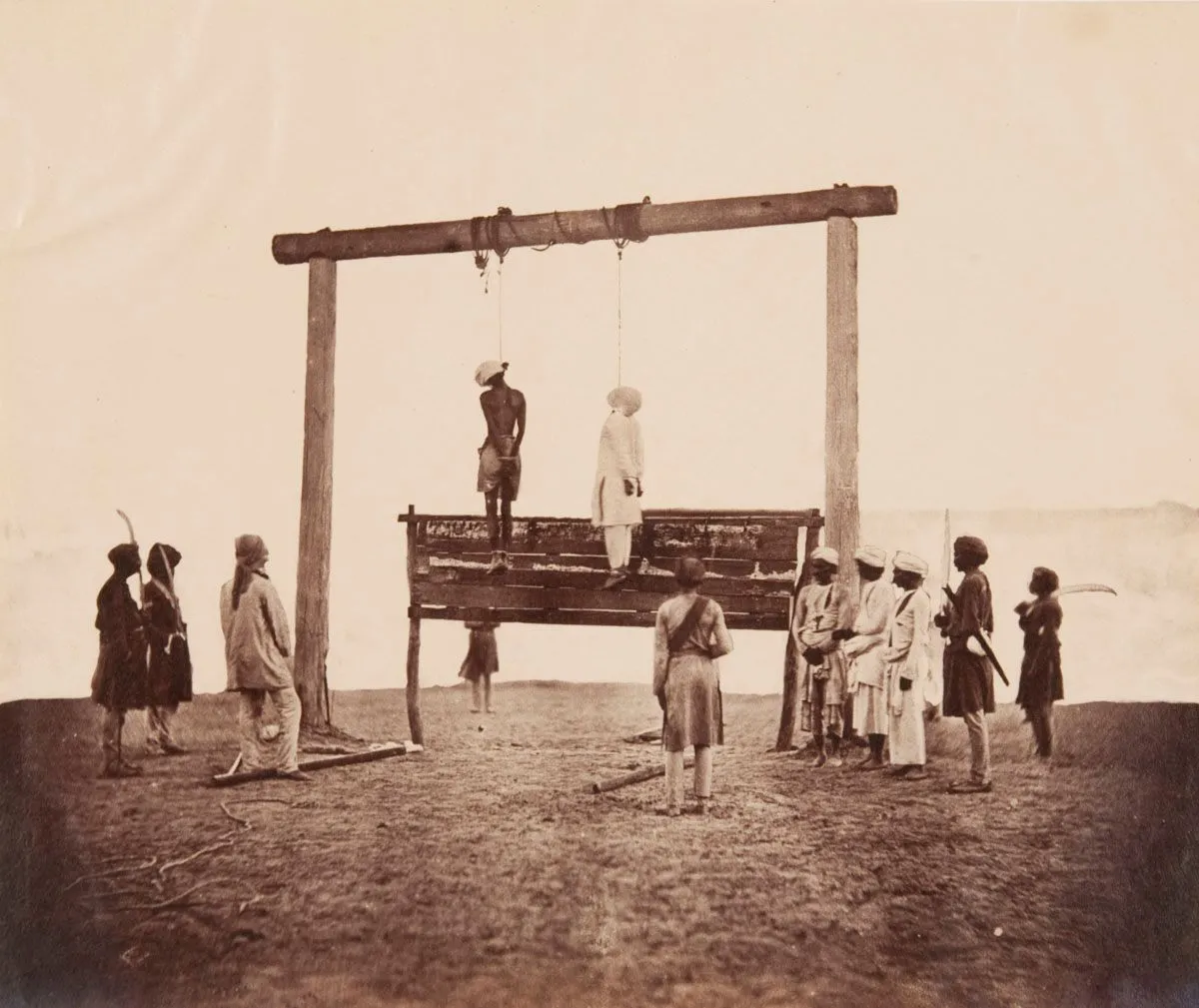
But before the war, Fenton worked up to architecture photography, trying to find new techniques with different and sometimes difficult lighting conditions.
As a photographer of architecture, Fenton was without equal in England. He assigned himself the task of photographing the major churches and abbeys of Great Britain and, working most often in a format as large as 14 x 18 inches, wedded perfect technique with an unerring ability to choose the precise vantage point and lighting conditions that would best render the smallest details of architecture, convey a sense of monumentality, and imbue his pictures with a Romantic spirit. His subjects include the Gothic cathedrals of Salisbury, Wells, Lincoln, and Lichfield; Westminster Abbey, the Houses of Parliament, and the British Museum; Windsor and Balmoral Castles; and the ruined abbeys of Rievaulx, Fountains, Rosslyn, and Lindisfarne.
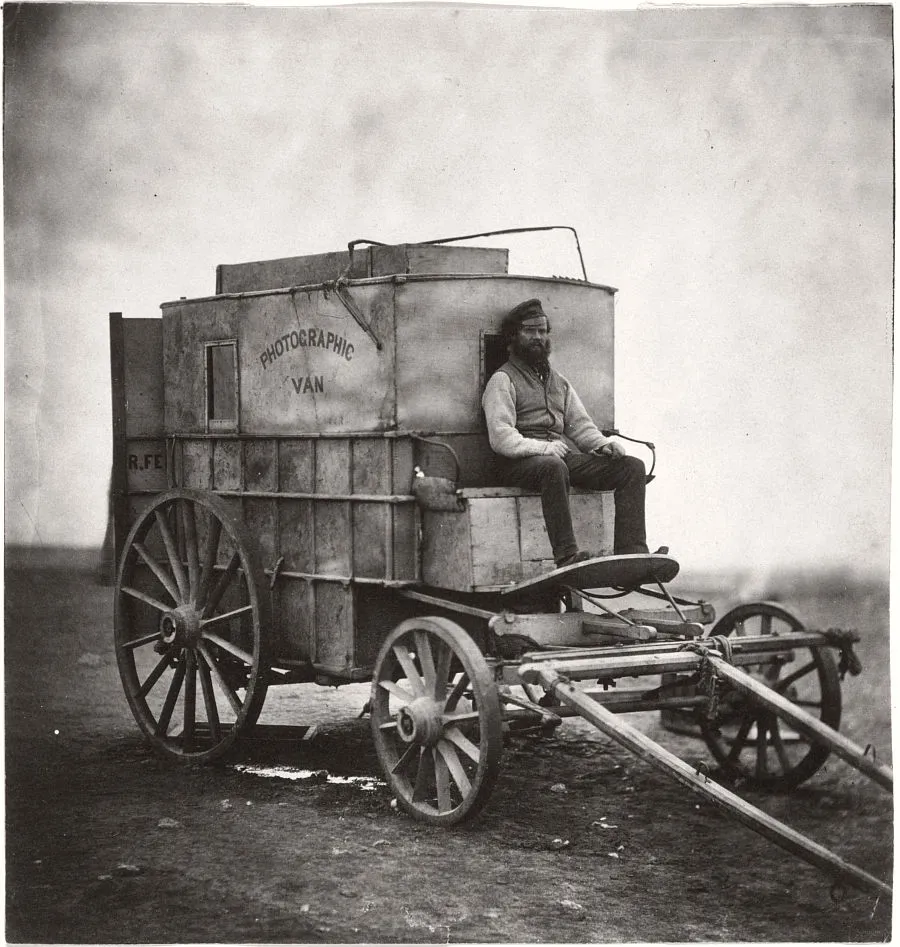
Fenton was a person with interests of finding new techniques in photography. This is known well in landscape photography too. He started some experiments with the lights, and those gave a playing atmosphere.
“No one can touch Fenton in landscape,”
Journal of the Photographic Society, 1958
Fenton was (in my opinion is) one of the greatest landscape photographers I ever studied or saw. But there was not his landscape, or architectural photography what made Fenton to be written in photographic history.
- Crimean War
British, French, Sardinian and Turkish troops battled Russia's attempt to expand its influence into European territory. Till then, there was the territory of the Ottoman empire.
The Manchester publisher Thomas Agnew & Sons assign Fenton to travel in Crimea and have documentary photographs of the war. This move was hoped by the government, in hope that his photographs would reassure a worried public.
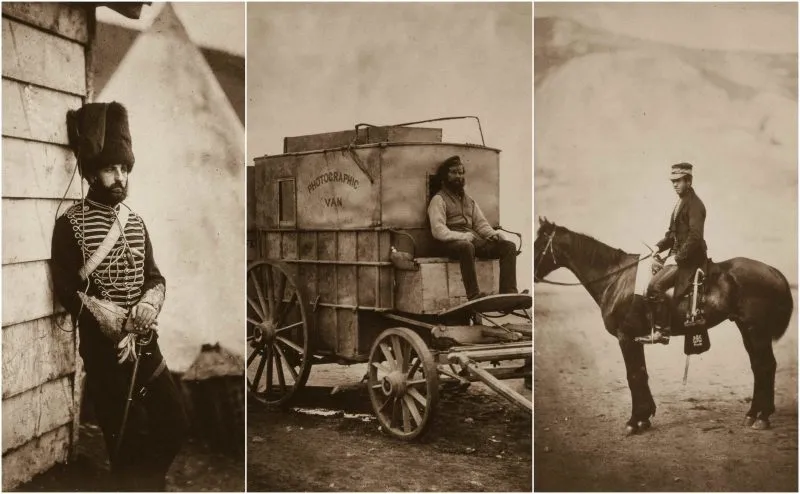
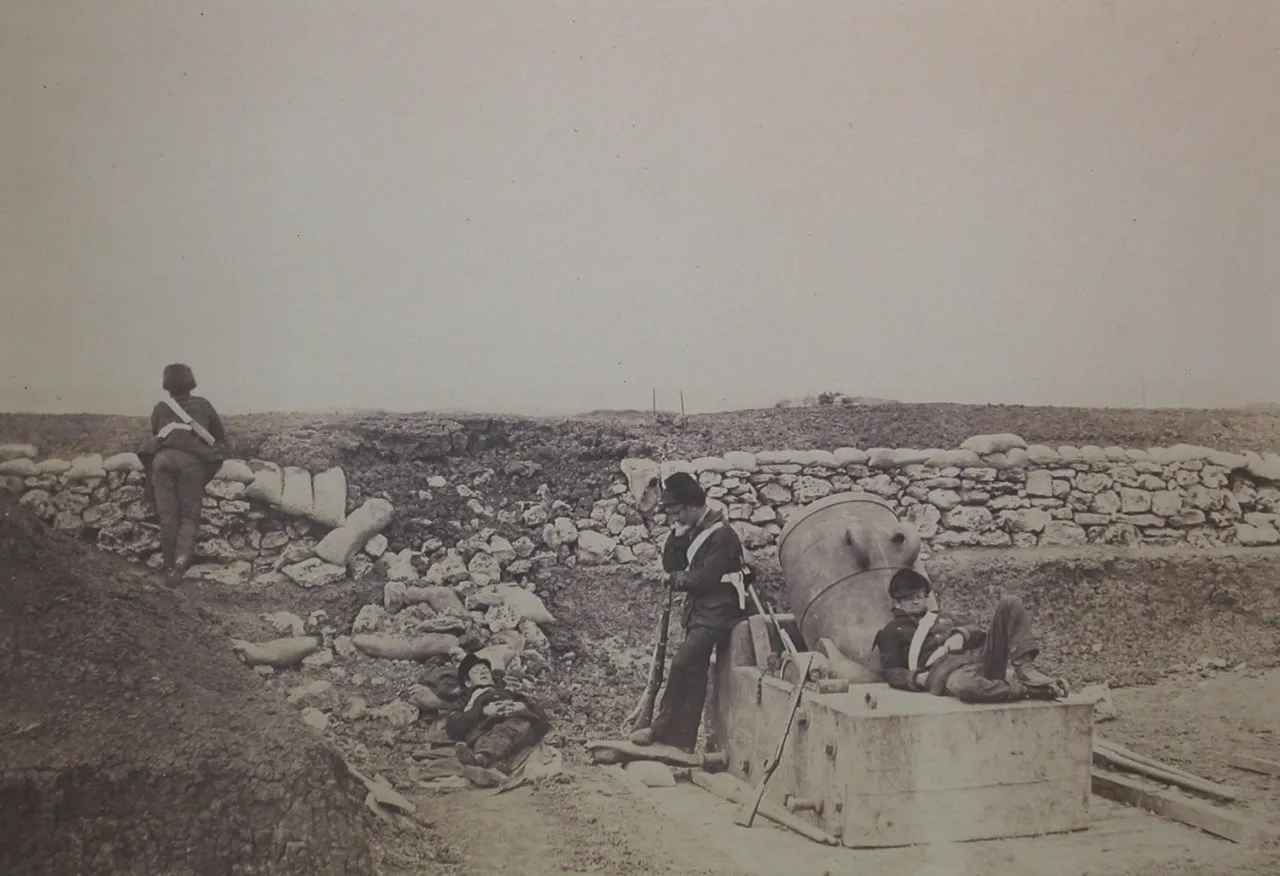
|

|
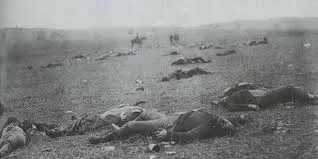
|
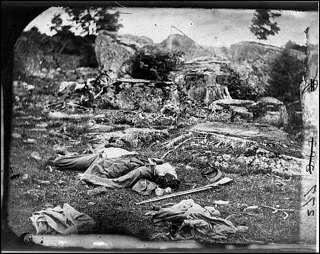
|

|
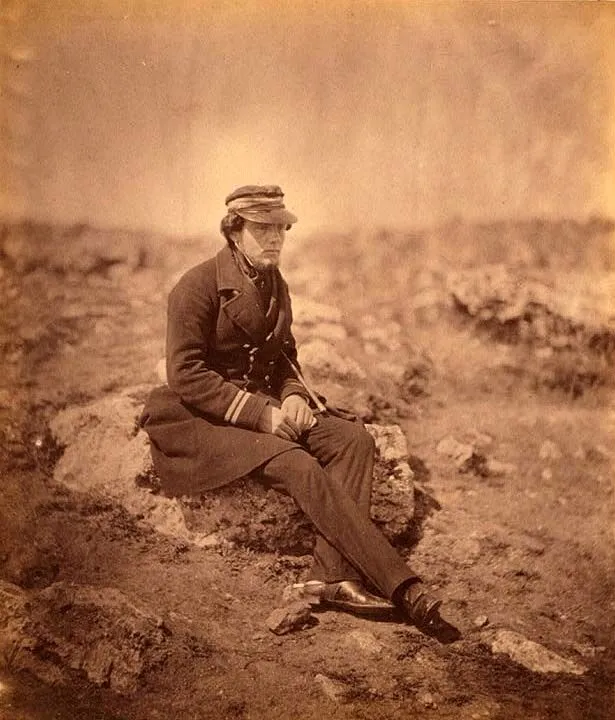
|
I do not believe that this worked perfectly. Think just that those photos, were the first ever seen, in public mode, and showing the true image of war. No one ever had seen the was before.
Last but not least, the frame who wrote the history, made Fenton one of the most known photographers and for sure a frame with the most questions, we will ever meet in a single shot.
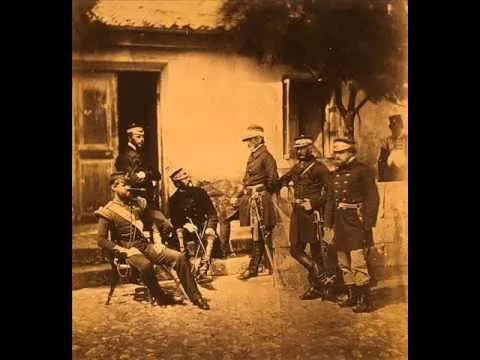
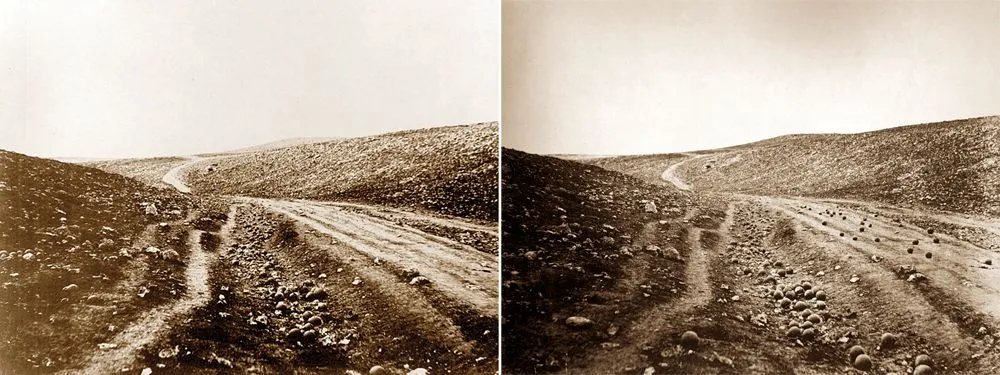
The valley of the shadow of death, Roger Fenton 1855
This is not any photographic trick or photoshop. (those days there was no photoshop)
Those are 2 shots, made by one person. Roger Fenton.
Why does he made this? Was that a real shot? Did he put those cannonballs himself? If so, why did he made this?
Those are few of questions beneath those photographs. My opinion as a street photographer is this. He put those cannonballs, there was war, the cannonballs are used again and again, so it was impossible not to be claimed by soldiers in order to reuse them. And why did he made a move like that? Simple, at least in my eyes. He put those balls there in order to reveal the true war. The true image, the true face. He wanted to capture a frame of WAR, not just another landscape.
This is my opinion of course, and this is Roger Fenton dedication. Sometimes, we must see the truth face to face, and with our eyes wide open. Many of us in our lives hide the true image of many things trying to make them more beautiful. But this is not the real image, why should it be real beauty?
Yes, Fenton maybe builds an image in order to reveal the truth but think about it. He wanted to REVEAL the truth, not hide it.
My sources
Met Museum
NY Times
International Photography Hall of Fame and Museum
Britannica
Biography - Roger Fenton
J. Paul Getty Museum
Tate - Roger Fenton
All World Wars
Wikipedia - Roger Fenton
Wikipedia - Valley of the Shadow of Death (Roger Fenton)
This is me. This is my life. This is photography.
Weekly Dedications
Weekly dedication #1 - Stephen Shore
Weekly dedication #2 - Bruce Gilden
Weekly dedication #3 - Garry Winogrand
Weekly dedication #4 - John Hiliard
Weekly dedication #5 - Chloe Kritharas Devienne
Weekly dedication #6 - Stan Douglas
Weekly dedication #7 - Nicéphore Niépce
Weekly dedication #8 - Margaret Bourke-White
